Pip Howard outlines the vital importance, ecologically, socially and economically, of listening to the landscape and listening to communities when planning land use/management, by using the ancient and down right logical principle of ‘site specifics’.
‘Site specifics’ is no new concept; indeed it is a modern term for the oldest principle in defining land management. It is the investigation of a particular location to determine its potential for enhancing economic, environmental and social elements within a local landscape or in other words ‘common sense’.
After the industrial revolution, and further accelerated during the latter half of the 20th century, the demography of the UK and beyond changed rapidly. We need no longer to be in a particular location, we do not need that particular location to sustain all our needs. Land suffered greatly as a result, principally because we lost traditional knowledge and skills, honed for generations, which were able to manage that land in perpetuity.
So why the need to promote an ideal that already exists, but which is close to disappearing due to progression of humankind? Because we have become too focussed on ‘umbrella’ solutions and allowed land management to become beholden to over riding legislation, guidelines and ideals which are rarely relevant to a particular location.
The UK is the global case study, as it is a microcosm of the 20th and 21st century world. Our geographical situation is unparalleled resulting in the full breadth of the geological time span; from West to East. The post glacial climate changes allow for a record of plant succession overlaying a diversity of soils, elevations and topography which helped the British to invent and extol sciences across the world. The industrial revolution started here and the subsequent population movements precede all others in the world. It is thus in the UK where answers lie in balancing a large population against a fragile and complex biodiversity, where there are no longer natural resources in any significant amount to enable rapid economic growth. But Britain is fortunate in that it can realise economic growth because it got to this point first and has the resources, the research and the knowledge to lead the world in a truly sustainable future.
It is time to accept that discussion is virtually exhausted and time to embrace local knowledge in order to lay out sustainable land and forest management across the whole country. This can only be done by placing what we know, all the wonderful resources we now have, in the hands of people in their landscapes, people who know their landscapes.
None of the existing ‘experts’ or organisations need to fear this, because help is needed and there has never been as much available help by way of case studies, (including ‘transition towns and soft power), resources, (including the Map4England and other websites), research, (open access journals or by way of an expert), legislation and regulations, (including the European Landscape Convention and NPPF).
All this information is pulled together and given to a group representing those in a place, parish or particular location. With help if needed, they then use their knowledge to provide the lateral (or horizontal) information needed to define management and development in that place.
This prevents further disenfranchisement of people from the planning and political processes that affect them immediately, it re-empowers those practitioners who are able to build and maintain elements of the landscape which define local heritage, in turn defining the UK landscape as a whole. It ensures that consideration towards soil, archaeology and biodiversity in a particular location is ascertained. It helps in including real social needs; housing or infrastructure, into the process from the start. It integrates all existing organisations, knowledge and research, then filters out that which is irrelevant to a particular place and defines boundaries according to a landscape appraisal in all landscapes.














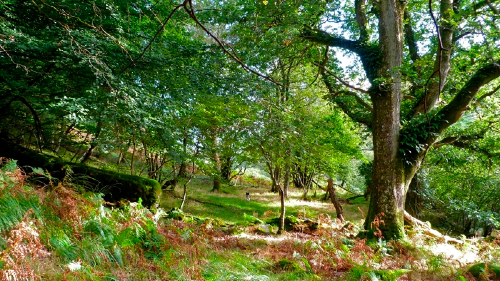
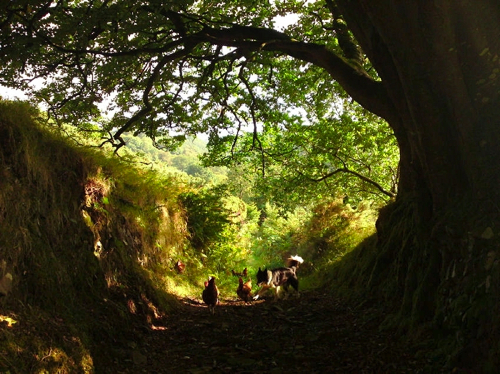
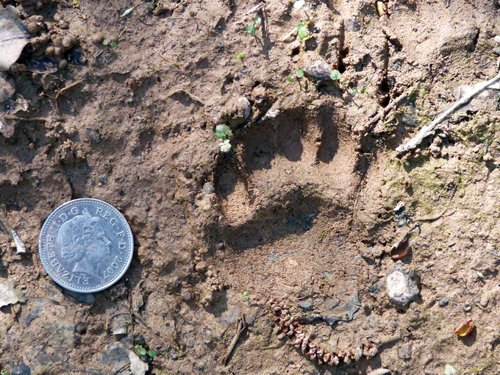


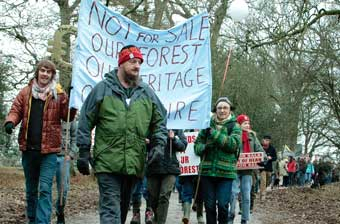

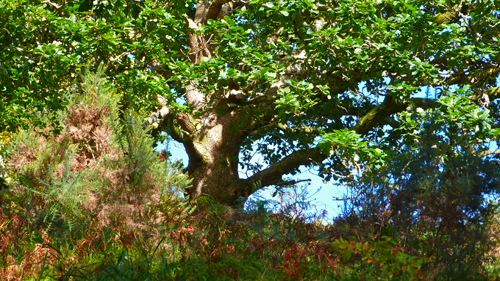

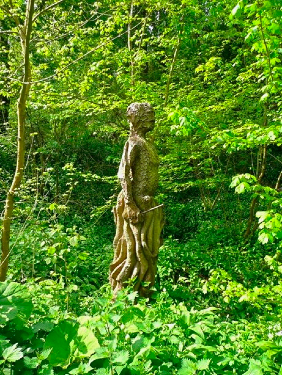
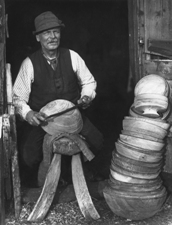



Site Specifics was dismissed out of hand at a recent meeting I attended as no one was quite sure what it meant and the quango rep who cited it did not fully explain, I am certain he did not fully understand it either. Thank you again for yet more ammunition to get things right.
Thanks Lesley. I’m intrigued to know the reasons it was dismissed. I can’t think of anything more logical than site specifics!
Hello Hen,
I can’t think of anything more logical either and this exploration of the techniques to introduce land management to the public is so useful. Christopher Neilan’s soft power has been a great help.
It was at a recent community meeting when the speaker suggested a “site specific solution could be used”. In the Q&A afterwards when asked to explain more as to what this meant he was unable to. Perhaps I am wrong to suggest he didn’t understand, but it was clearly guarded then.
Only subtle changes are needed. We, as many other local groups would testament to, are being preached to. It should be us saying “come and tell and us” NOT “I am coming to tell you what to do”.